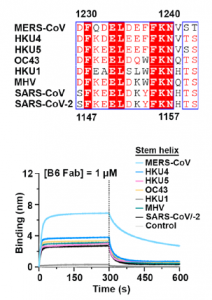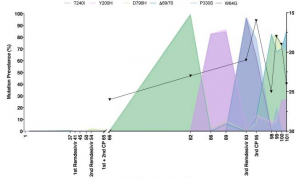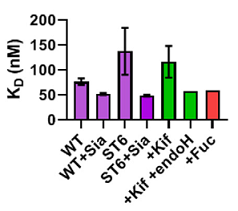U.S. Department of State releases a FACT Sheet on origin of the new coronavirus (SARS-CoV-2)
On December 15, 2020, Blog Admin uploaded an article saying that the new coronavirus (SARS-CoV-2) is likely an artificial product, citing “The 2nd Yan Report”.
On January 15, 2021, the U.S. Department of State released a FACT Sheet titled Activity at the Wuhan Institute of Virology (WIV).
https://www.state.gov/fact-sheet-activity-at-the-wuhan-institute-of-virology/
In this article, the U.S. Department of State avoids saying that SARS-CoV-2 originated in WIV, but it does show three FACTs in WIV as follows.
- In the fall of 2019, there were several researchers who showed similar pathology to COVID-19 were in WIV.
- Since 2016, WIV has been studying bat coronaviruses including “RatG13” (96.2% similar to SARS-CoV-2).
- Secret Chinese biological weapons researches were being conducted on WIV



